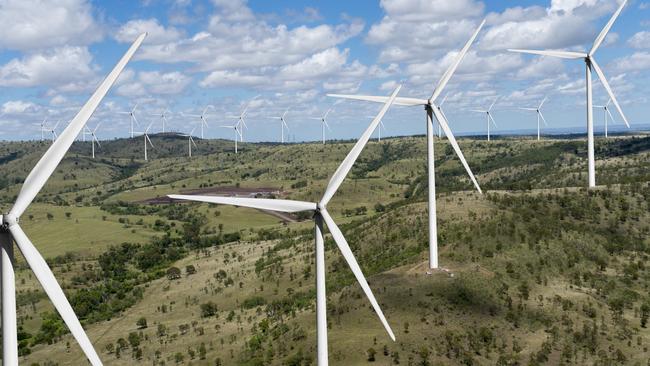Energy sector pollution stagnates
Global emissions from the energy industry were unchanged in 2019 despite an expansion in the world economy.

Global emissions from the energy industry were unchanged in 2019 despite an expansion in the world economy, as more nations switched their power supply away from coal and towards renewables and gas, the International Energy Agency said.
Emissions remained at 33 gigatonnes in 2019 even as the world economy expanded by 2.9 per cent, due to greater wind and solar supplies, higher nuclear power generation and a switch to gas from coal.
The US recorded the largest fall, dropping 2.9 per cent or 140m tonnes, and has now decreased by one gigatonne from its peak at the turn of the century due to the shale gas boom.
In Europe emissions dropped by 160m tonnes, or 5 per cent, with gas producing more electricity than coal for the first time.
Still, emissions in the rest of the world grew by close to 400m tonnes last year, with 80 per cent of that jump from Asian countries where coal-fired power is still rising.
“This welcome halt in emissions growth is grounds for optimism that we can tackle the climate challenge this decade,” IEA executive director Fatih Birol said. “We now need to work hard to make sure that 2019 is remembered as a definitive peak in global emissions, not just another pause in growth.”
The IEA has previously predicted a 4.6 per cent rise in coal power generation in India will drive the largest increase in demand for coal, while strong growth in Indonesia and Vietnam will lift coal demand by 5 per cent in those countries over the next five years.
The rise in Indian and southeast Asian demand would offset reductions in coal consumption in the US and Europe — driven by a strong increase in the share of electricity produced by renewables.
In Australia, electricity sector emissions have fallen 9 per cent from 2005 levels to 2019 but industry emissions have grown 60 per cent over the same period, according to a separate report to be released on Wednesday by consultancy RepuTex.
Australia’s 250 largest polluters across electricity, mining, oil and gas, manufacturing, transport and waste account for 60 per cent of Australia’s emissions.
LNG emissions have soared by 621 per cent over 2005 levels to 2019 with road transport, aviation and mining also increasing, raising questions over Australia’s ability to meet long-term Paris accord commitments.
“While we have seen record levels of investment in renewable energy technology in the electricity sector, the industrial sector has been largely missing from the national emissions reduction challenge,” RepuTex’s Hugh Grossman said.
“As we enter the first year of the Paris Agreement compliance period, large-scale emissions growth from industry is eroding gains elsewhere in the economy, which is in conflict with our long-term decarbonisation goal.”
Continuing that trend could see industry sector emissions ultimately overtake electricity emissions.


To join the conversation, please log in. Don't have an account? Register
Join the conversation, you are commenting as Logout